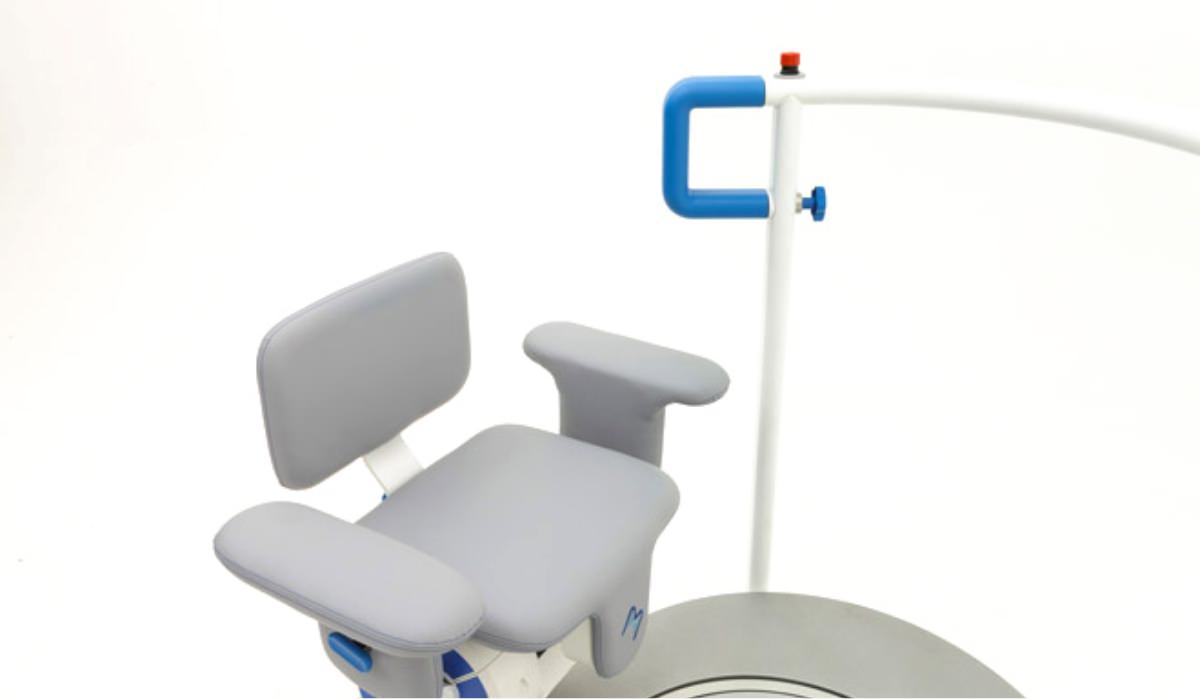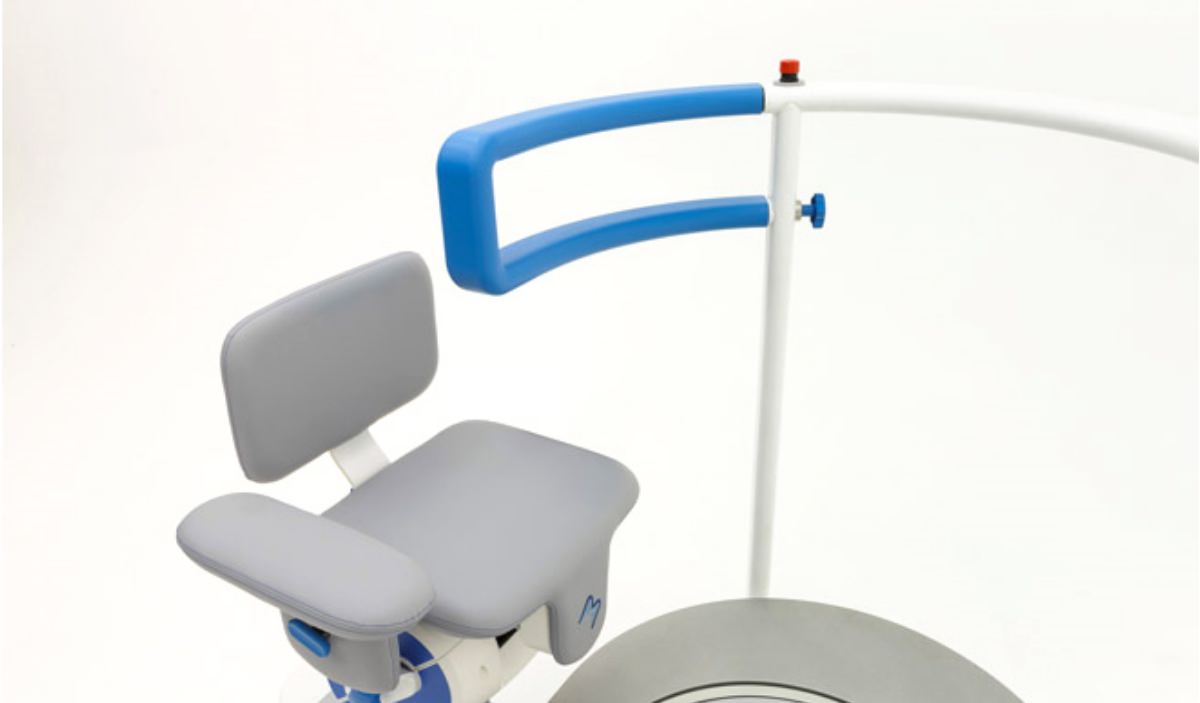Our Movendo Webinar series continues!
This section provides recordings of our webinars, organized in concert with our clinical partners, exploring hunova and robotic technology.

Movendo Technology S.r.l. a socio unico
Via Bombrini 13/10
16149 Genova, ITALIA
tel: +39 010 0995700
mail: info@movendo.technology
© 2025 hunova – Movendo Technology – P.IVA / CF: 02427220997 – REA: GE-485327 – Capitale Sociale € 1.200.000 i.v.
logo-3mediastudio logo-antworks
| Cookie | Duration | Description |
|---|---|---|
| cookielawinfo-checkbox-analytics | 11 months | This Cookie is set by the GDPR Cookie Consent plugin. The Cookie is used to store the user consent given for Cookies grouped in the “Analytics” category. |
| cookielawinfo-checkbox-functional | 11 months | The Cookie is set by the GDPR Cookie Consent plugin and is used to store the user consent given for Cookies grouped in the “Functional” category. |
| cookielawinfo-checkbox-necessary | 11 months | This Cookie is set by the GDPR Cookie Consent plugin. The Cookie is used to store the user consent given for Cookies grouped in the “Necessary” category. |
| cookielawinfo-checkbox-others | 11 months | This Cookie is set by the GDPR Cookie Consent plugin. The Cookie is used to store the user consent given for Cookies grouped in the “Other” category. |
| cookielawinfo-checkbox-performance | 11 months | This Cookie is set by the GDPR Cookie Consent plugin. The Cookie is used to store the user consent given for Cookies grouped in the “Performance” category. |
| viewed_cookie_policy | 11 months | The Cookie is set by the GDPR Cookie Consent plugin and is used to remember whether or not the user has given consent for the use of Cookies. No personal data is stored. |
Interactive interface (HD touch screen) providing visual and acoustic biofeedback by displaying information on trunk swing, weight-bearing distribution and seat and platform inclination.
hunova, huno and huno S, devices use gaming exercises to stimulate the patient to exceed previously achieved goals and scores, thus accelerating recovery and transforming therapeutic exercises into enjoyable activities.
The interface is mobile, allowing it to be used in both standing and sitting positions.
The interface on the tablet computer allows clinicians to plan the session best suited to the patient, consult individual patient reports and produce diversified pathways from the comfort of their office. The tablet also allows the user to set up the patient’s planned rehabilitation session remotely.
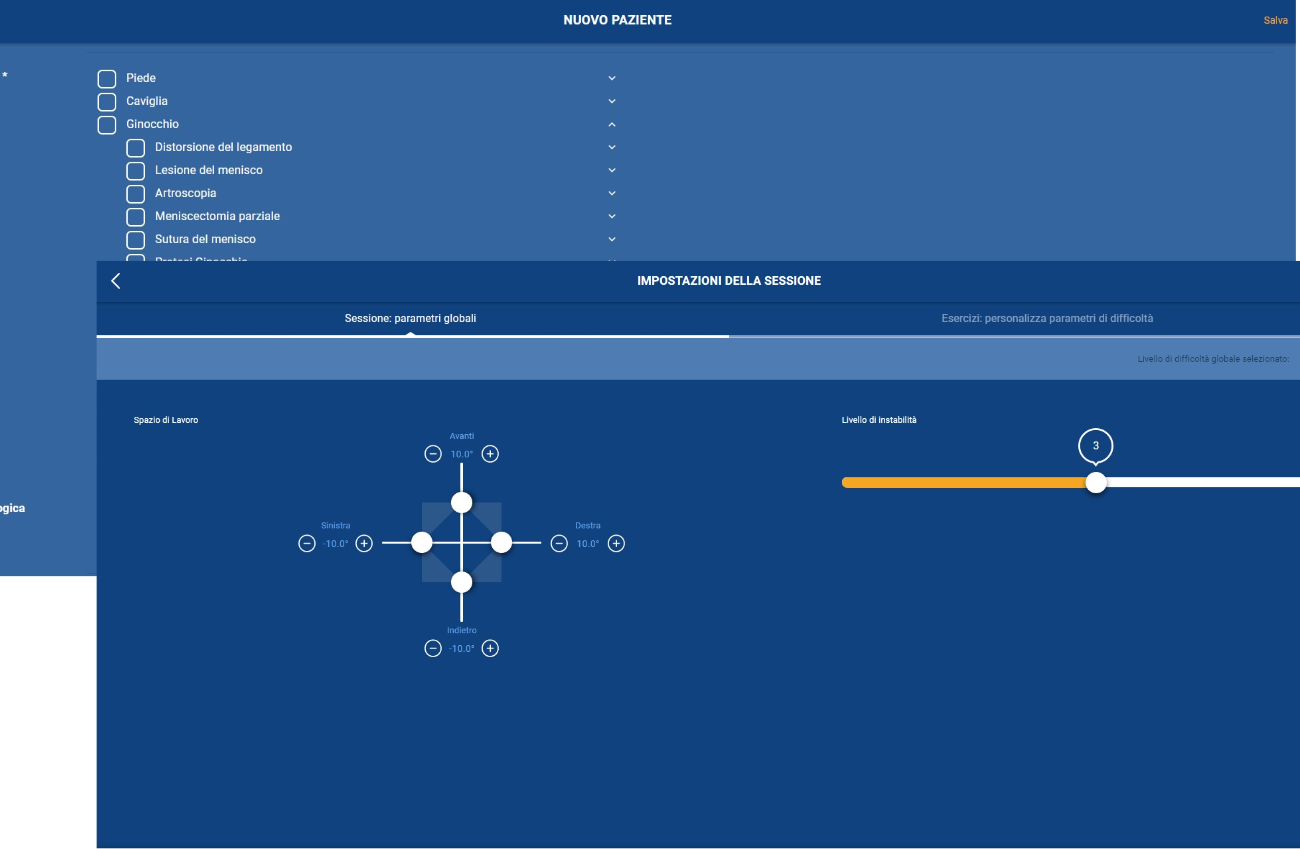
When placed on the subject’s trunk (or other area of the body, depending on the exercise), it monitors the movement of the subject, providing real-time acceleration and rotation measurements.
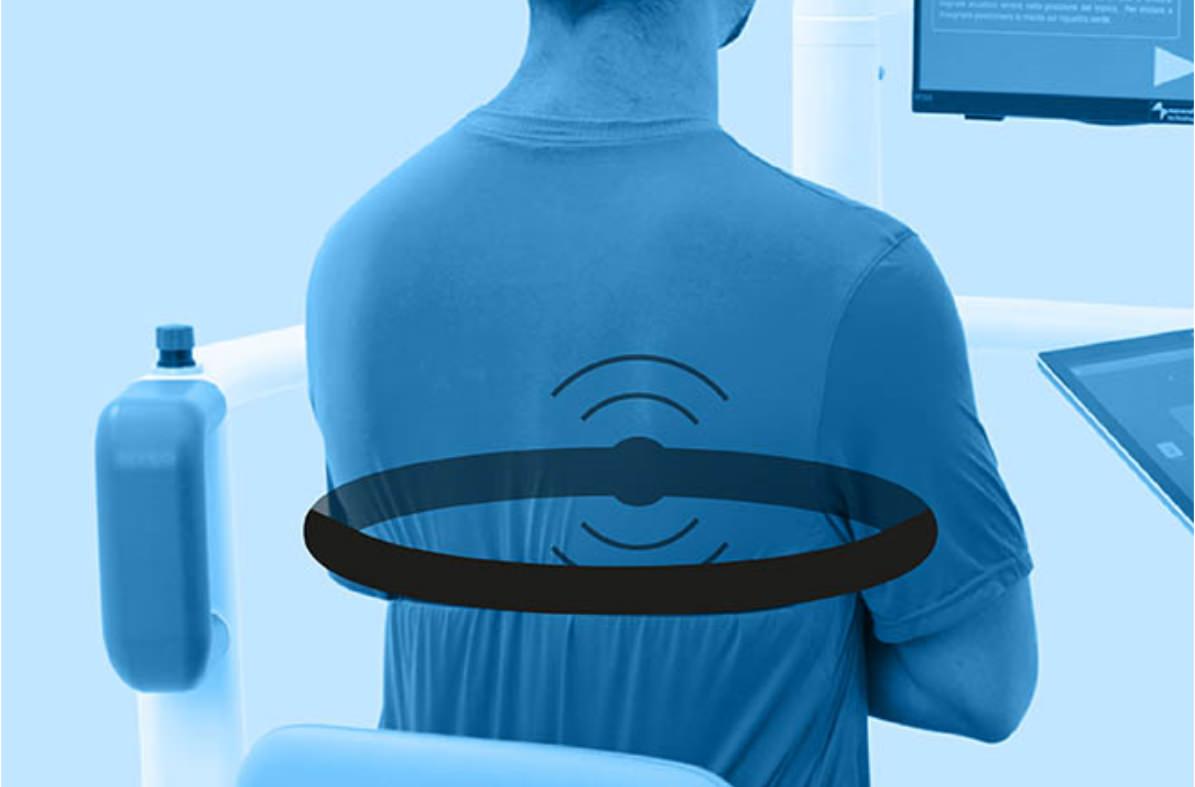
The standard ramp is one of the extra optionals available for hunova, huno and huno S devices and is useful when the robotic system is used to transport non-self-sufficient and wheelchair-bound patients. The ramp can be removed and stowed away when not in use. Total length of ramp + hunova: 266 cm (104.7 inches).
The fixed ramp is one of the extra optionals available for hunova, huno and huno S devices and is useful when the robotic system is used to transport non-self-sufficient and wheelchair-bound patients. The ramp can be positioned either in line with hunova/huno/huno S (180°) or perpendicular to the device (90°), depending on the space available. Length of the ramp: 163.5 cm (64.3 inches).
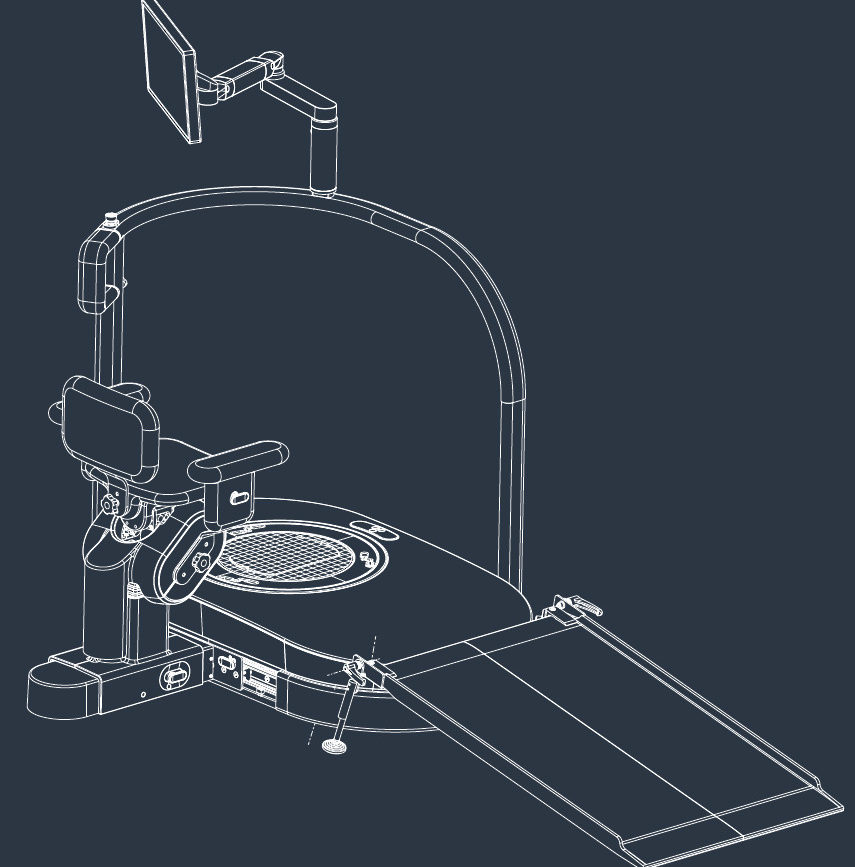
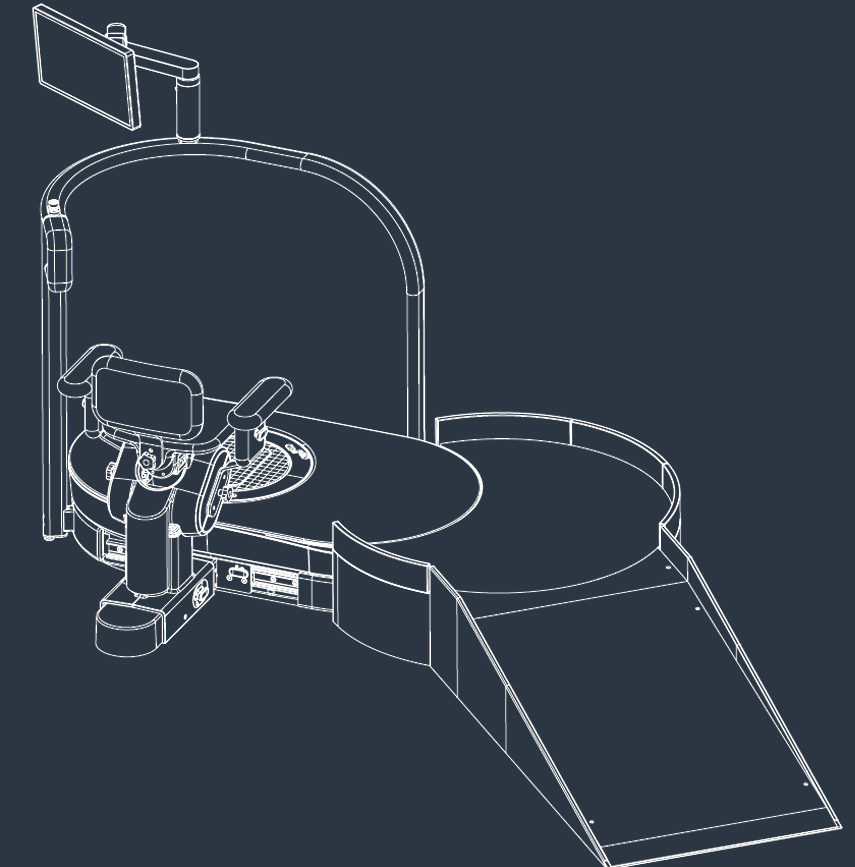
The robotic platform allows exercises to be performed in both bipodalic and monopodalic modality. Partial weight-bearing exercises can be carried out using the monopodalic mode. It can be used for passive therapy (mobilization), active therapy (with elastic or fluid resistance), proprioceptive therapy and assistive therapy (intervening to complete the exercise when the patient requires assistance). hunva and huno S seats are equipped with a force and torque sensor and an offset sensor.
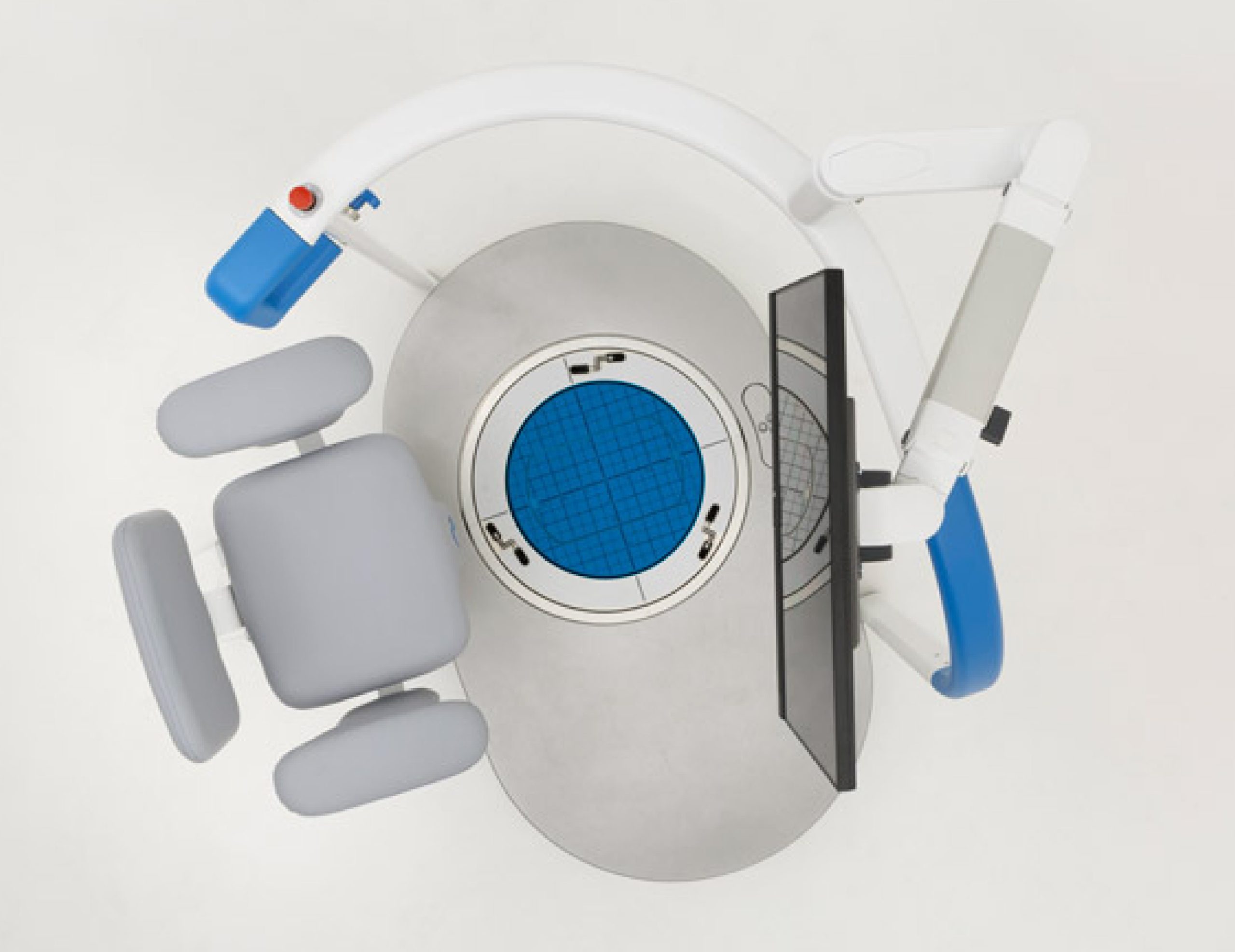
Monopodalic configuration
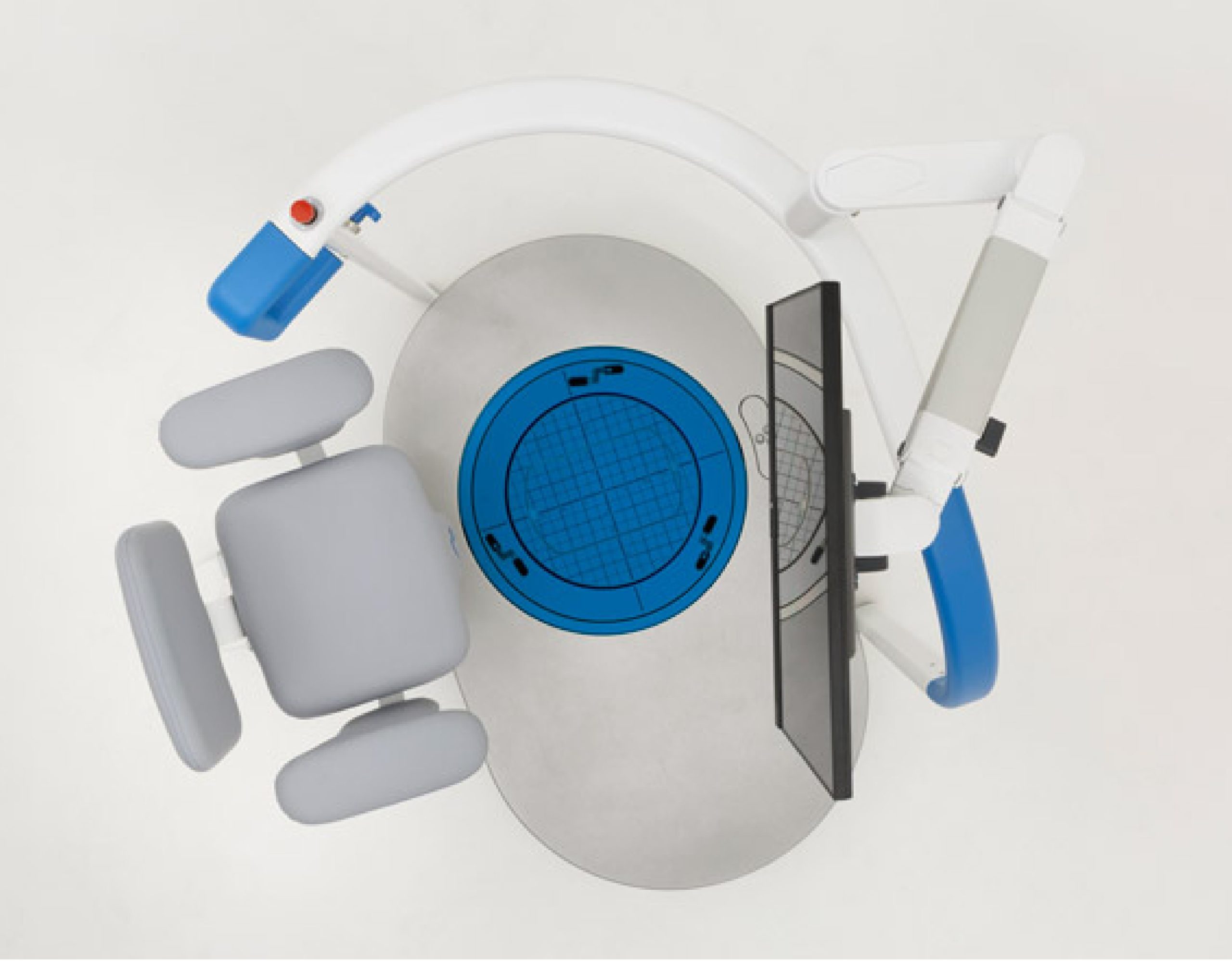
Bipodalic configuration
Fits on the one-foot platform for ankle mobilization.
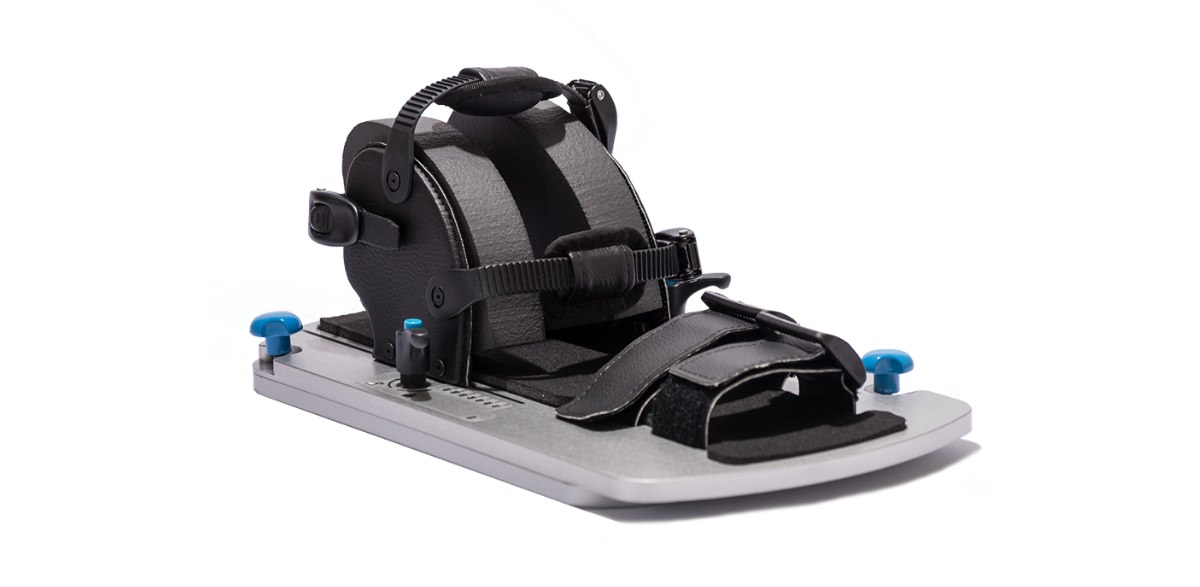
When used in combination with the sandal, it prevents knee instability during ankle rehabilitation exercises.
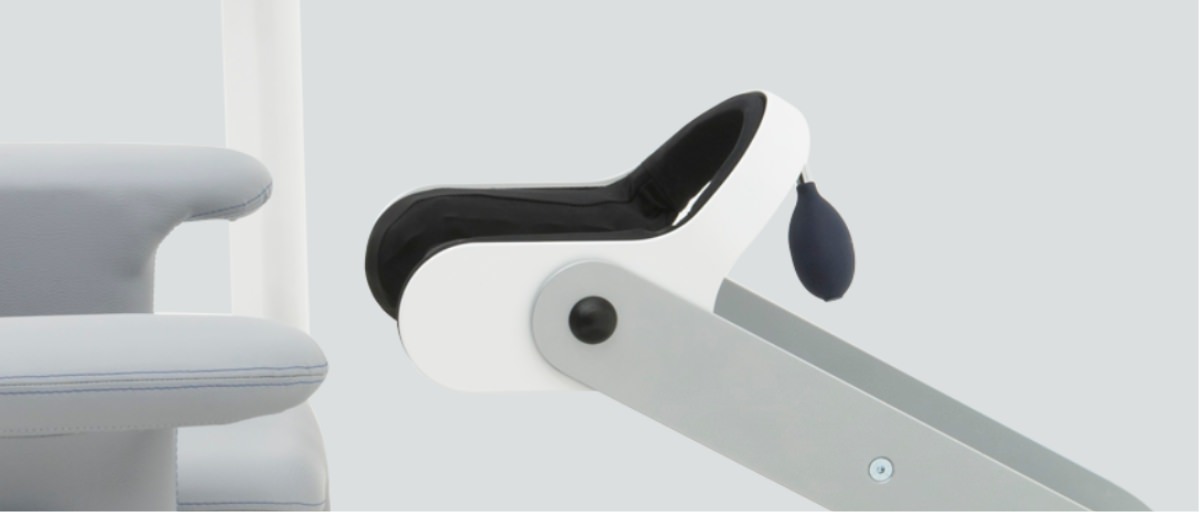
Induces both unidirectional and multidirectional movement with trajectories, speeds and ranges that can be set by the clinician. It can be used for passive therapy (mobilization), active therapy (with elastic or fluid resistance), proprioceptive therapy and assistive therapy (intervening to complete the exercise when the patient requires assistance). hunova and huno S seats are equipped with a force and torque sensor and an offset sensor.
The seat adjusts to each patient’s position to ensure maximum comfort and correct performance of the exercises. hunova, huno and huno S all allow the user to memorize the seat position for each patient, so that the same optimal configuration is always available.






Can be selected to suit the exercise (in sitting or standing positions) to ensure safe support for the patient.
